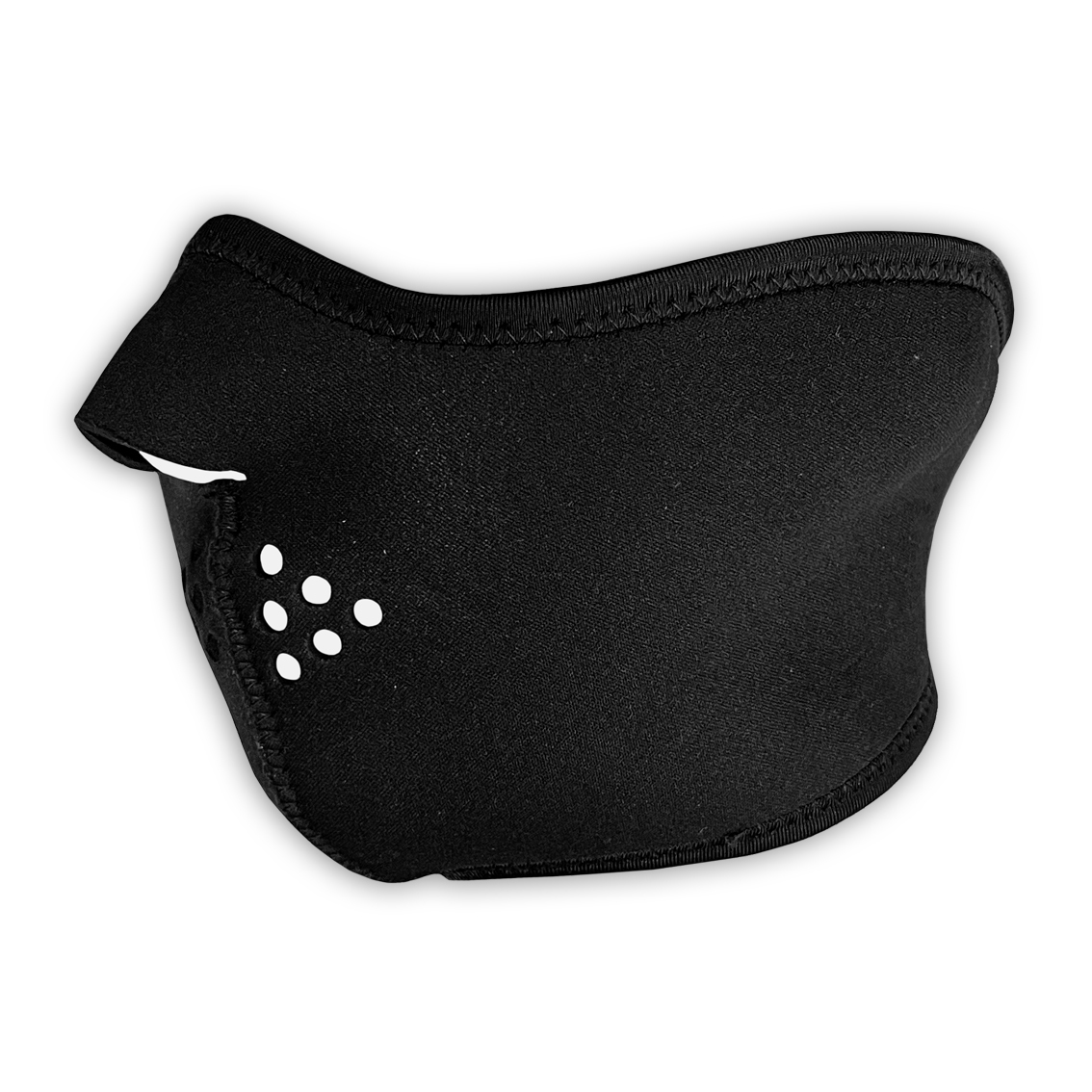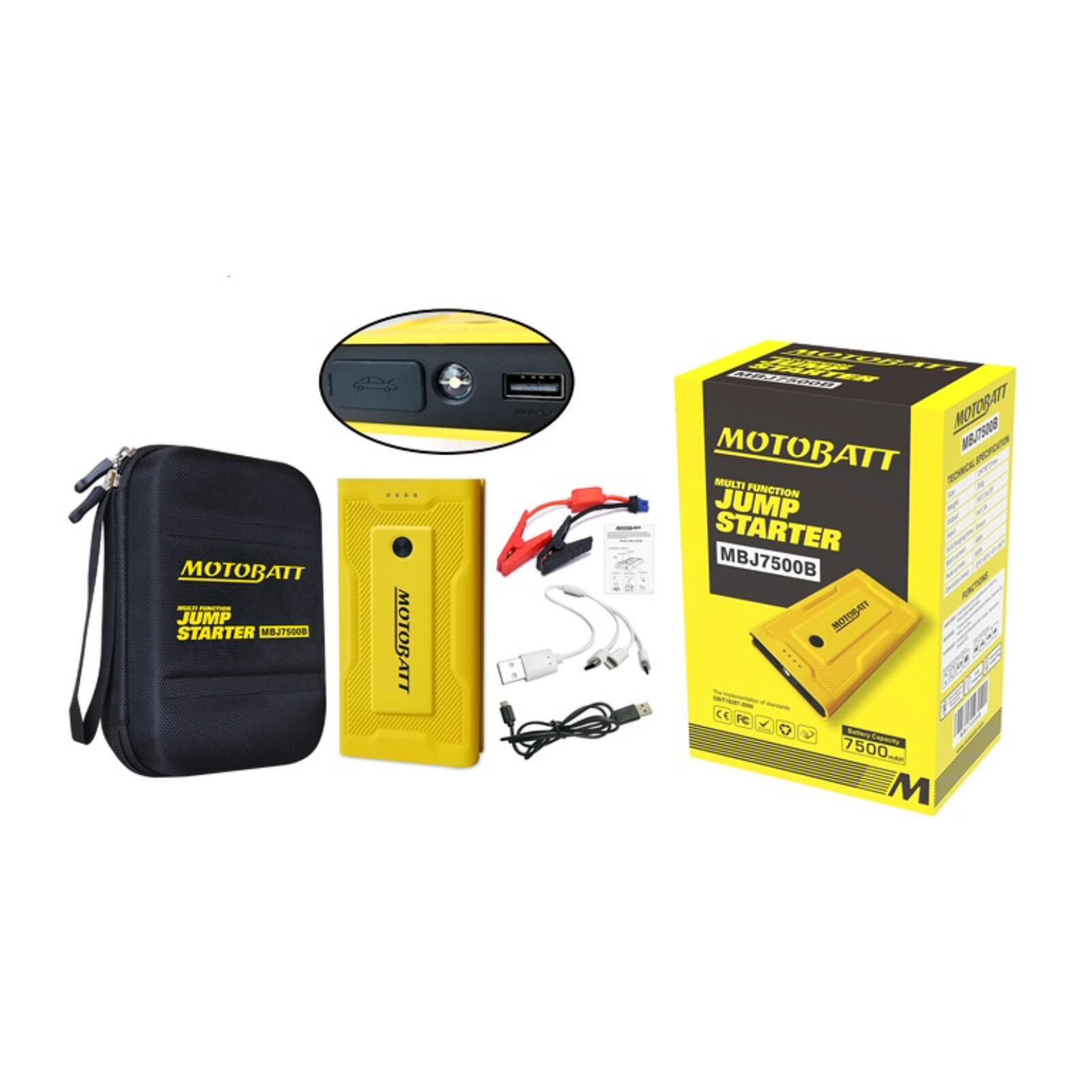Size Charts
Below charts are 'generic' as a guide, however please be sure to use the product-specific charts when available.
MEN's Sizing
|
MENS SIZE |
XXS |
XS |
S |
M |
L |
XL |
2XL |
3XL |
4XL |
5XL |
6XL |
|
CHEST (CM) |
87 |
92 |
97 |
102 |
107 |
112 |
117 |
122 |
127 |
132 |
137 |
|
|
|
|
|
|
|
|
|
|
|
|
|
|
MENS PANTS |
72 |
77 |
82 |
87 |
92 |
97 |
102 |
107 |
112 |
117 |
122 |
127 |
132 |
137 |
|
ALPHA SIZE |
XXS |
XS |
S |
M |
L |
XL |
2XL |
3XL |
4XL |
5XL |
|
|
|
|
|
WAIST (CM) |
72 |
77 |
82 |
87 |
92 |
97 |
102 |
107 |
112 |
117 |
122 |
127 |
132 |
137 |
|
WAIST (INCHES) |
28 |
30 |
32 |
34 |
36 |
38 |
40 |
42 |
44 |
46 |
48 |
50 |
52 |
54 |
Ladies Sizing
Below is a generic size chart to assist guide You, however please be sure to use product-specific charts where applicable.
|
LADIES SIZE |
4 |
6 |
8 |
10 |
12 |
14 |
16 |
18 |
20 |
22 |
24 |
26 |
28 |
30 |
|
ALPHA SIZE |
XXS |
XS |
XS-S |
S |
M |
L |
L-XL |
XL |
2XL |
3XL |
4XL |
5XL |
|
|
|
BUST (CM) |
76.5 |
79 |
84 |
89 |
94 |
99 |
104 |
111 |
116 |
121 |
126 |
131 |
136 |
141 |
|
WAIST (CM) |
58.5 |
61 |
66 |
71 |
76 |
81 |
86 |
93 |
98 |
103 |
108 |
113 |
118 |
123 |
|
HIP (CM) |
86.5 |
89 |
94 |
99 |
104 |
109 |
114 |
121 |
126 |
131 |
136 |
141 |
146 |
151 |
Please keep in mind that there are different styles and cuts, so please read the description when available and the fabric makeup of the product.
Often riding apparel needs to fit ‘tightly’ which can feel a little restrictive at first, this is so that the protective material such as the armour and or kevlar stays/sits in the ‘right’ place, do not compare the ‘feel/fit’ to non-riding clothing/gear.
MEASURING YOUR FOOT
Here’s how to measure shoe size:
- If you usually wear socks with shoes, you should be wearing socks, but if you’re measuring for sandals or other sockless footwear, measure your bare foot.
- Set the paper on the floor. Make sure it’s a hard, flat floor—carpet won’t work. You can tape it down to make sure it doesn’t slide around, though you might not need to.
- Place your bare foot firmly on the piece of paper while standing, sitting in a chair, or crouching. Whichever position you choose, your legs should be slightly bent so that your shins are positioned in front of your ankles.
- Now it’s time to trace the outline of your foot size. Use the pen to draw a line around the entire perimeter of your foot. Make sure the pen is pointed straight down to ensure your lines stay on the outside of your foot without angling in under your toes.
- Repeat the process with your other foot. (It’s unlikely your feet will be two different shoe sizes—though not unheard of—but most people’s feet vary ever so slightly.) So, it’s important to get the foot measurement of each.
- Mark the longest and widest points of each side of your outlines. This will be the outer tip of your longest toe, the outermost point of the back of your heel, and the broadest edges of your forefoot.
- Using your ruler or measuring tape, measure the longest and widest portions of both feet. The length starts at the mark from the outer tip of your longest toe and goes down to the outermost point of the back of your heel. The width is the distance between the broadest edges of your forefoot.
- Measure a couple of times to make sure the numbers are accurate. Write down your measurements.
- You might also want to record your foot measurement in both inches and centimeters, as certain types of shoe sizing charts use different units. Otherwise, you can always do a quick Google search to convert your numbers from inches to centimeters or vice versa to make shoe size conversion.
- These measurement numbers will help you determine your shoe size. You should record your foot length and foot width on both sides, but if they vary slightly, go with the larger one.
NB* Since your feet can expand as you age, during pregnancy, or due to certain medical conditions, we recommend taking your measurements at least every few years.³ This will save you money on ill-fitting fitting footwear and ensure your feet are as comfortable as possible.



 cart(
cart(
![Shark - Protective Chinos [CE2]](/assets/full/S210211.jpg?20240515220004)





 6/142 Siganto Dr, Helensvale QLD 4212
6/142 Siganto Dr, Helensvale QLD 4212 (07) 5573 5118
(07) 5573 5118



